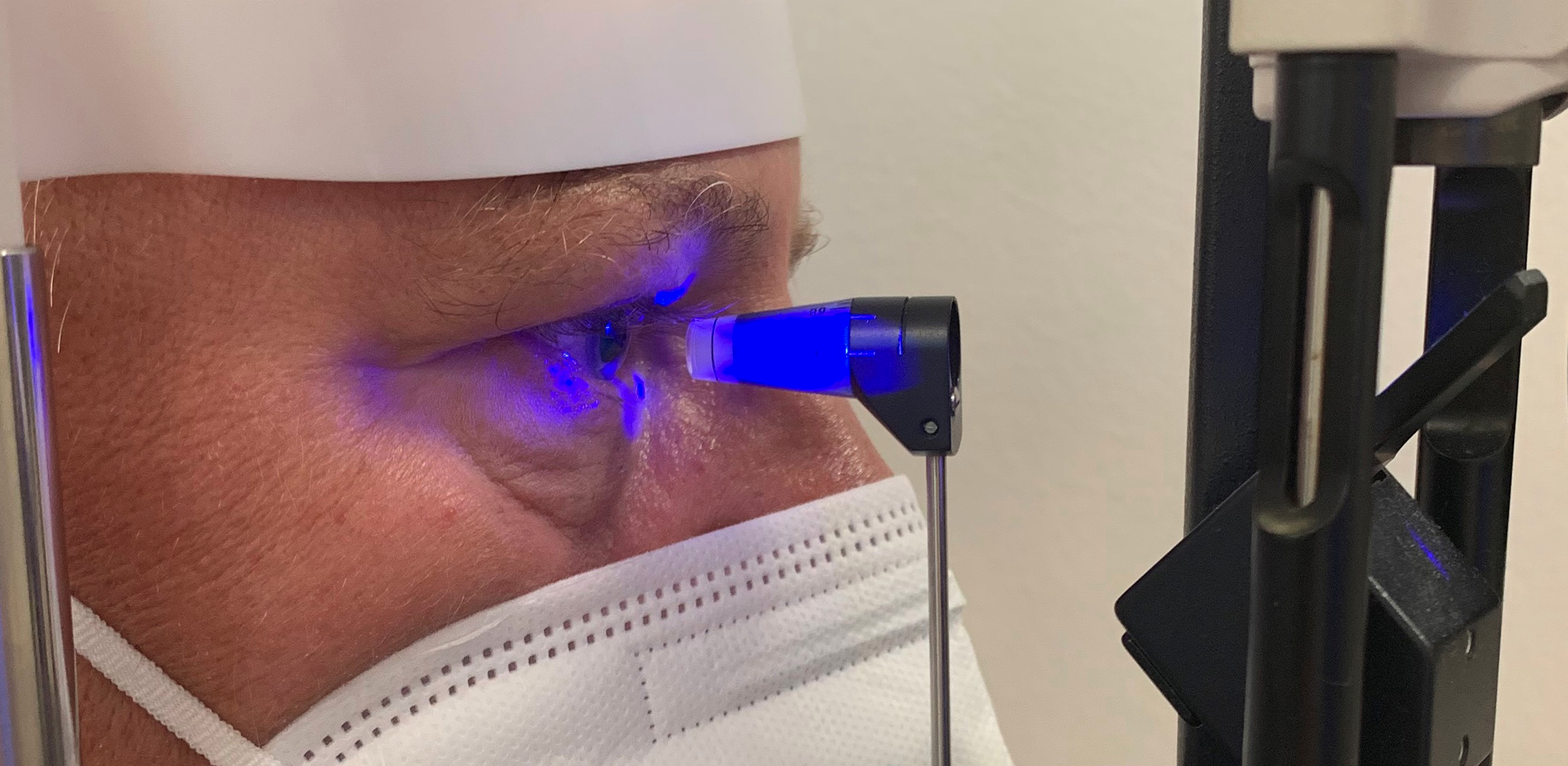Purpose: The aim of the study was to map the behavior of ophthalmologists regarding protective equipment during the COVID-19 pandemic (coronavirus disease 2019), both during the time of the mandatory restrictive measures and after their relaxation. Another aim was to evaluate the awareness of ophthalmologists in the Czech Republic about the possible impact of nose and mouth protective measures (masks, respirators) on the quality of eye examinations, especially on the results of standard automated perimetry (SAP) and intraocular pressure (IOP) measurement.
Materials and Methods: As part of two professional ophthalmological events in the Czech Republic, which took place in 2022, we obtained and evaluated data from the ophthalmologists in attendance using a questionnaire. We evaluated demographic parameters, frequency of use and type of nose and mouth protective equipment and their influence on the quality of ophthalmological examination as well as the awareness of ophthalmologists about their possible influence on the outcome of SAP and IOP measurements.
Results: We obtained data from a total of 212 respondents (148 women, 44 men, in 20 cases gender was not stated). In 91.5% of cases, ophthalmologists agreed that the use of respirators and masks makes ophthalmological examination more difficult. The most common problems were eyepiece fogging (85.8%), examination lens fogging (85.8%), and lens fogging when spectacles correction was prescribed (79.2%). The respondents most often combated these problems either by completely removing the respirator (24.1%) or at least by pulling it under the nose (39.2%). At the time when the measures were relaxed, significantly more men did not use any nose and mouth protection at all during ophthalmological examinations (15.8% of men vs. 4.2% of women; p = 0.032). An alarming finding was the fact that 35.6% of respondents did not know whatsoever whether the nurse was performing a perimetry examination on a patient with a respirator/mask or without protective equipment, i.e. they were not aware whatsoever of the possible formation of artifacts. Only 21.2% of respondents were aware of the possible difficulties of measuring IOP while wearing a respirator, while 59.9% of respondents were not aware of this risk (39.6% had never considered this problem, 20.3% of respondents were convinced that a respirator could not have an effect on the measurement of IOP).
Conclusion: The use of nose and mouth protective equipment clearly affects the ophthalmological examination and makes it more difficult. Although ophthalmologists belong to a group at high risk for the possible transmission of infection in the performance of their profession, they often removed nose and mouth protection in an effort to eliminate fogging of eyepieces and examination lenses. The awareness of ophthalmologists regarding the possible influence on the results of SAP and IOP measurement by wearing a respirator was low in our questionnaire survey. It is therefore advisable to discuss this issue more widely and warn doctors about these risks.

